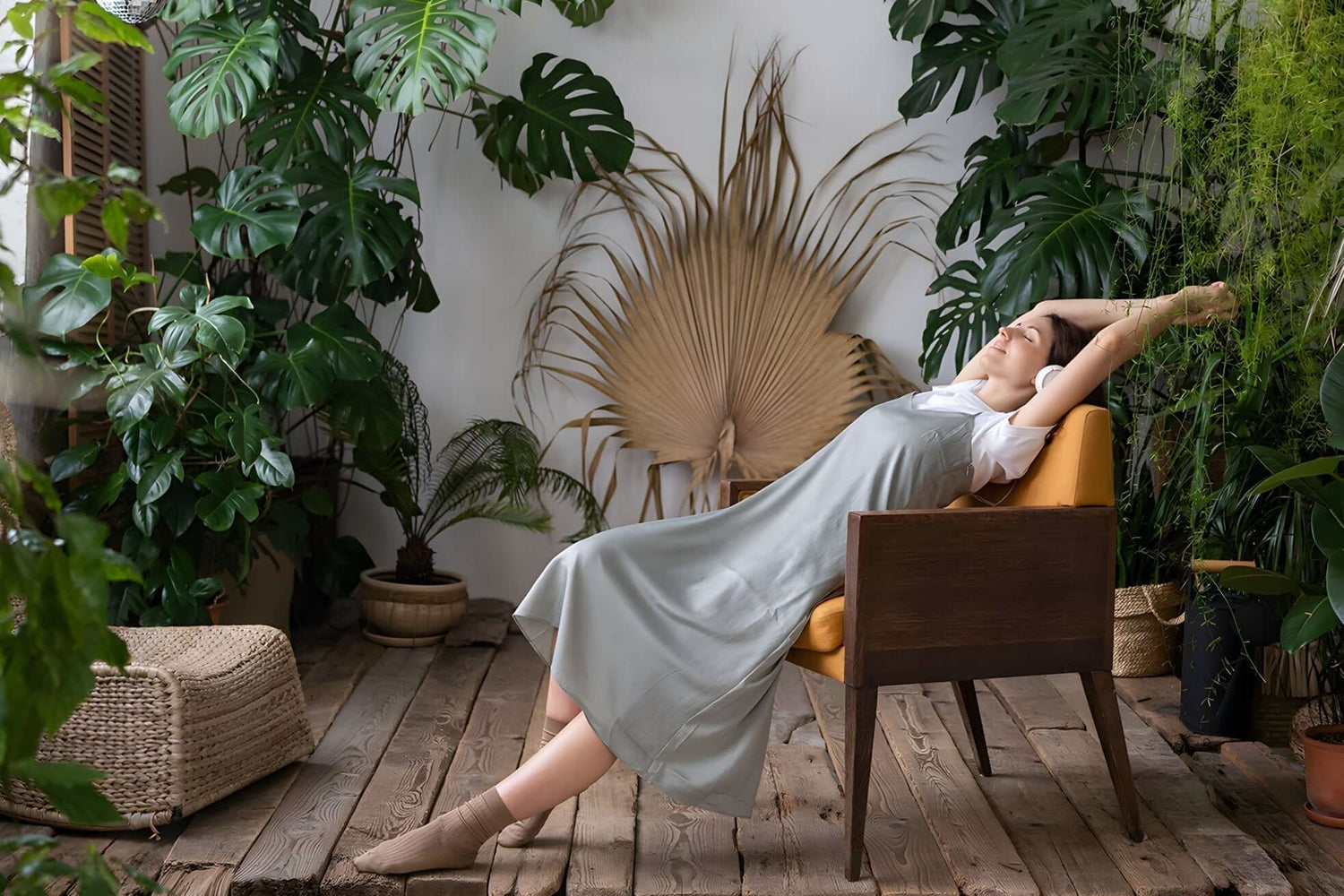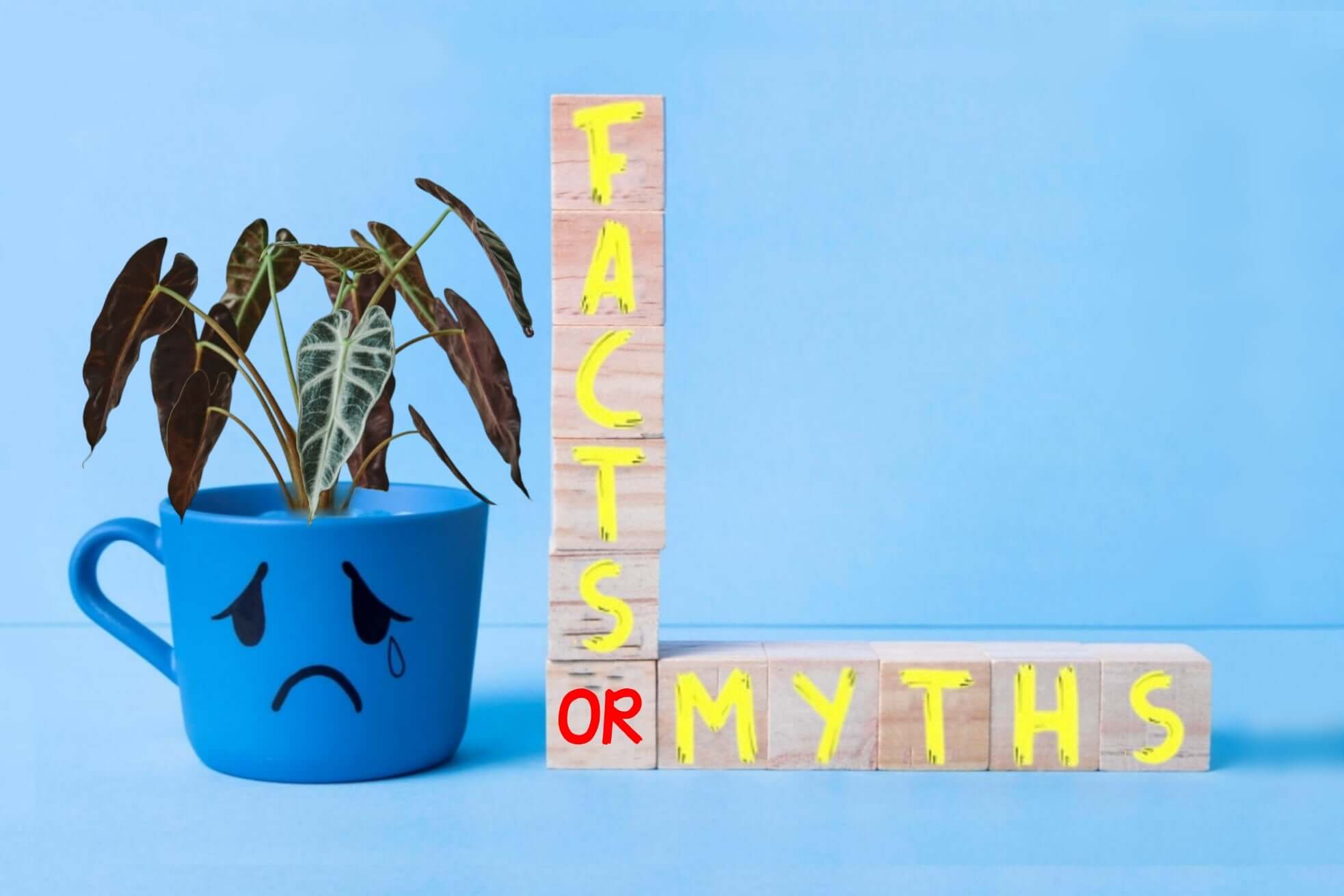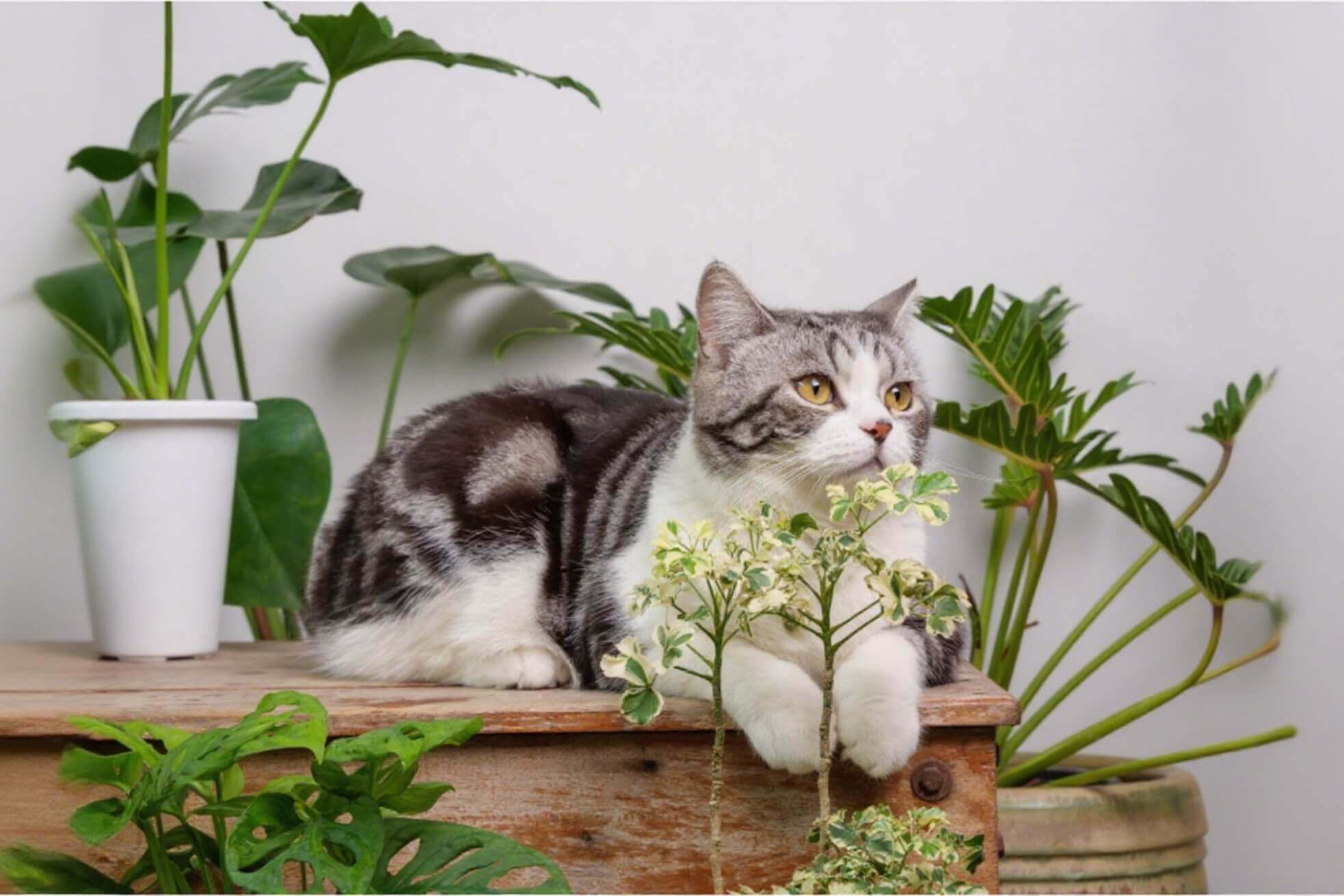Jungle Vibes at Home: Unlock the Secrets of Big Leaf Houseplants
Transform your space into a lush paradise with statement plants that command attention
Big, bold leaves are dominating social media feeds and transforming ordinary rooms into vibrant green sanctuaries. These dramatic houseplants don't just fill empty corners—they create instant atmosphere, purify your air, and bring the calming energy of nature indoors. Whether you're starting your first plant collection or ready to go big, here's everything you need to create your personal jungle.
Why Big Leaf Plants Are Worth the Hype
Visual Impact: Nothing transforms a space like oversized foliage. Large leaves add texture, depth, and that coveted tropical aesthetic that works beautifully with modern, boho, or minimalist interiors. A single statement plant can anchor an entire room's design.
Health Benefits: NASA research confirms that large-leaf plants excel at air purification, removing toxins like formaldehyde from your home. Beyond clean air, caring for plants reduces stress and creates daily moments of mindfulness—perfect for busy lifestyles.
Natural Energy: These green giants symbolize growth and abundance while bringing life to sterile spaces. There's something deeply satisfying about nurturing a plant that responds with dramatic new growth.
Top 6 Big Leaf Plants for Indoor Jungles

Monstera Deliciosa (Swiss Cheese Plant) The ultimate Instagram plant with iconic split leaves that develop as it matures. Those dramatic holes (called fenestrations) appear on larger, older leaves, making each plant unique. Grows 6-10 feet indoors with proper support. Provide a moss pole to encourage larger leaves with more impressive splits.

Fiddle Leaf Fig (Ficus Lyrata) Known for sculptural, violin-shaped leaves that create an elegant tree-like silhouette. This plant demands consistency—sudden changes in light or location cause leaf drop. With patience, it develops a gorgeous trunk and can reach 10 feet tall, making it perfect for high ceilings and statement corners.

Bird of Paradise (Strelitzia) Brings instant tropical vibes with giant banana-like leaves that fan dramatically. The white bird variety (Strelitzia nicolai) can reach impressive heights indoors, while the orange bird stays more compact. Both love bright light and reward good care with exotic blooms.

Alocasia (Elephant Ear) Features dramatic, architectural leaves with striking veins and metallic sheens. Popular varieties like 'Polly' have dark foliage with prominent white veins. These plants go dormant in winter (completely normal!), then return with fresh growth in spring. They're humidity lovers, so mist regularly or use a pebble tray.

Split-Leaf Philodendron (Thaumatophyllum) Often confused with Monstera but has deeper, more intricate leaf splits. Its massive leaves can exceed 3 feet, creating instant jungle atmosphere. This fast-growing plant is more forgiving than most large-leaf varieties, making it perfect for beginners who want dramatic results.

Calathea Orbifolia The showstopper with silvery stripes on large, paddle-shaped leaves. Famous for its "prayer plant" behavior—leaves fold up at night, then open again in the morning. Requires higher humidity than most plants but rewards attentive care with stunning foliage patterns.
Essential Care Tips for Thriving Giants

Light Requirements Bright, indirect light is absolutely crucial for large-leaf plants. East or west-facing windows provide ideal conditions—enough light for photosynthesis without the harsh intensity that scorches delicate leaves. Avoid both deep shade (causes weak, leggy growth) and direct afternoon sun (burns leaves quickly).
When natural light isn't sufficient, LED grow lights become essential. Modern full-spectrum LEDs provide the consistent, balanced light these plants need to maintain their dramatic foliage and healthy growth patterns.
Watering Wisdom Use the "soak and dry" method: water thoroughly until water drains from the bottom, then allow the top 1-2 inches of soil to dry before watering again. Proper drainage is critical—root rot kills more houseplants than any other issue. Choose pots with drainage holes and use well-draining potting mix.
Watch for warning signs: droopy leaves usually indicate underwatering, while yellow leaves often signal overwatering or poor drainage.
Humidity Matters Most large-leaf tropical plants prefer 50-60% humidity, higher than typical indoor levels. Increase humidity by grouping plants together, using a humidifier, or placing plants on pebble trays filled with water. Regular misting helps, but avoid getting water on fuzzy leaves like some Alocasias.
Feeding Schedule During active growing season (spring through early fall), feed monthly with balanced liquid fertilizer diluted to half strength. Stop fertilizing in winter when growth slows—overfeeding dormant plants can damage roots.
Maintenance Tasks Dust leaves monthly with a damp cloth to maximize photosynthesis and keep foliage looking glossy. Support climbing varieties like Monstera with moss poles to encourage larger leaves and aerial root development. Rotate plants weekly so all sides receive equal light exposure.
Grow Lights for Low-Light Spaces
When your home lacks ideal natural light, quality LED grow lights make the difference between surviving and thriving plants.

Full-spectrum LED panels work best for multiple large plants, providing even coverage across wide areas. Look for adjustable intensity and timer functions that mimic natural light cycles.

Standing grow lights offer flexibility for floor plants like Fiddle Leaf Figs and Bird of Paradise. Adjustable height accommodates growing plants, while multiple light heads can serve several plants simultaneously.

Screw-in grow bulbs provide budget-friendly targeted lighting for individual plants. Use them in clip lights or regular fixtures to supplement natural light in specific areas.
Choose lights with high PPFD ratings (photosynthetic photon flux density) to ensure your plants receive adequate energy for healthy growth. Quality LED grow lights should provide full spectrum coverage while running cool enough to position close to plants without burning delicate leaves.
Creating Your Indoor Jungle

Start with one statement plant that excites you, then gradually build your collection as you gain confidence. Consider your space's natural light, ceiling height, and humidity levels when selecting plants.
Group plants of varying heights and leaf shapes to create visual interest and natural-looking arrangements. Remember that these living sculptures will grow and change, becoming more impressive with time and proper care.
Large-leaf houseplants aren't just decoration—they're daily reminders of growth, resilience, and the quiet satisfaction of nurturing life. Each new leaf unfurling is a reward for your attention and care.
Whether you're working with abundant natural light or supplementing with grow lights, creating an indoor jungle filled with dramatic foliage is achievable in any space. Your personal green sanctuary is just a plant away.



